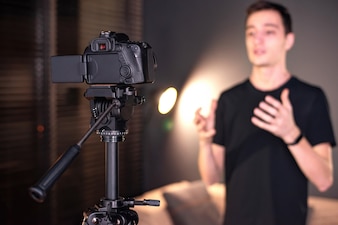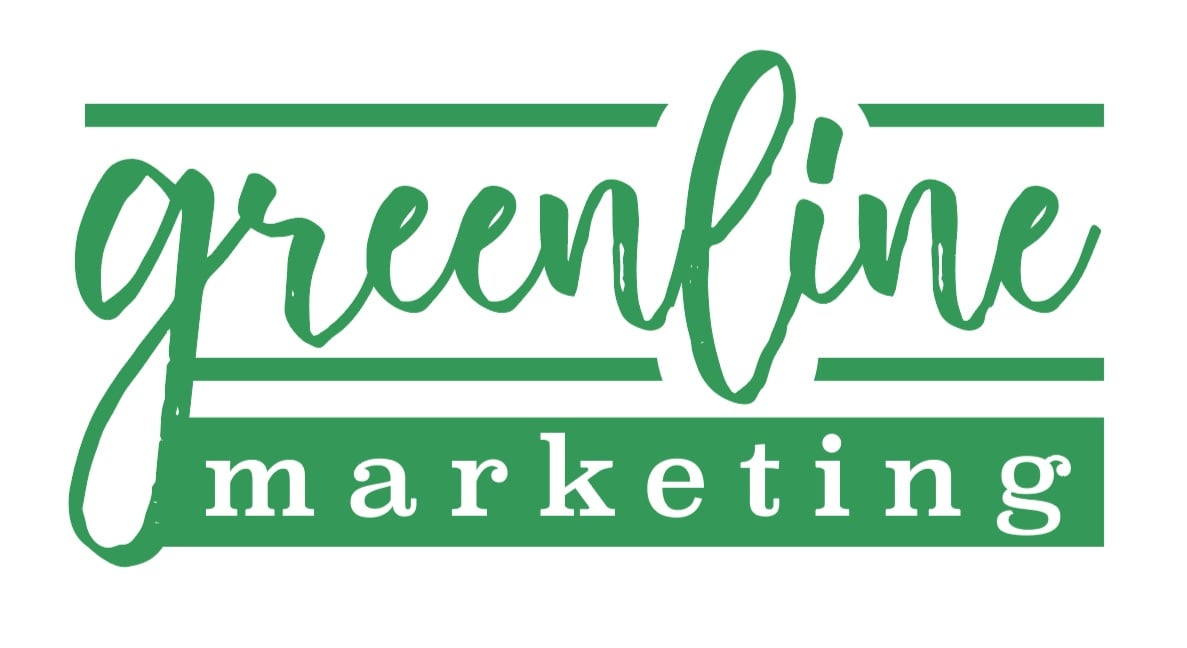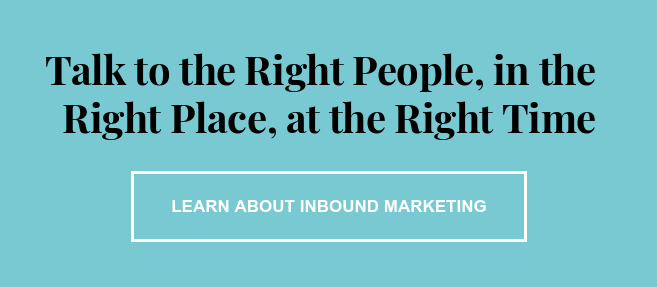There are many forms of content your business can publish and share. Whether it’s on social media or your website, content is important for keeping your consumers engaged with your business. We often talk about the benefits of having a blog for your business. Blogging can result in a 434% increase in indexed pages and a 97% increase in indexed links. In fact, companies that do have blogs have shown to have an average of 67% more leads monthly than businesses that don’t. And along with blogs, podcasts are also a great way to increase engagement and further your brand’s reach. Podcasts offer that awesome potential of audio content. Not to mention, 16 million people in the US are avid podcast fans - that’s a big listening audience.
But what about vlogging and vodcasts? Think of them as taking your blog and podcast even further and increasing your reach. Both offer higher potential for engagement and the ability to reach a wider demographic. While both are a little different, the terms vlogging and vodcasts are quite similar in many ways.
What is Vlogging?
Vlogging is short for video blogging; it is the practice of posting short videos to or maintaining a vlog. Similar to a blog, content is posted regularly but is posted in video form. Vlogging originates as far back as the beginning of YouTube. As YouTube has grown, so has the practice of vlogging. Video content alone is important to your brand’s marketing strategy; the average person spends about 100 minutes a day watching videos online. Vlogs can be used as a more personalized route of communication between your brand and your consumers. About 44% of internet users watch vlogs every single month, which is why vlogging is such a great tool for your brand to utilize!
3 Ways to Utilize Vlogging:
1. Influencer MarketingVlogging is very popular with social media influencers. On YouTube, 86% of vlog content comes from YouTube creators or influencers. Having one of those influencers share your business’s product or service on their platform and within their vlogs can help your business reach a new audience you may have never had access to previously. If you want to reach a younger, more tech-savvy audience using YouTube influencers may be a great way to incorporate vlogging into your influencer marketing strategy.
2. Product/Service DemonstrationAnother great way to incorporate vlogging in your marketing strategy is to use your vlogs to show your product(s) or service(s) while also demonstrating expertise in your industry. A great way to demonstrate in a vlog is a DIY (do-it-yourself) about how best to utilize your brand and all the great things it has to offer. This can make your brand more user-friendly and more easily accessible to viewers. This allows consumers to learn about your business, with the option to rewind or stop the video; they can go at their own pace. When it comes to generating more revenue, 90% of customers say that product video helps them make buying decisions.
3. Customer TestimonialsPeople trust other people - that’s a fact. Before buying, 92% of customers look at reviews or testimonials. Consumers want to trust your brand, and sometimes hearing from others can make all the difference. Another great way to utilize vlogging is to incorporate customer testimonials. Discuss and showcase these honest reviews to other consumers and strengthen your credibility. Encourage consumers to vlog or share their experiences with your brand and its product or services. This can help spread the word about your business even further. In fact, it’s a great method to incorporate more user-generated content your business can share.
What is Vodcasting?
Think of vodcasting as a step past podcasting. Similar to vlogging, vodcasting adds video to the downloadable sound files podcast listeners hear. Vodcasting allows your audience to listen to a podcast with the option to view the speakers as well, however, it is not necessary as it is in vlogging.
Vodcasts are also more downloadable than vlogs. Vodcasting offers the potential to stand out in your industry. Any business can create a podcast, but having video content associated with your podcast can help you create a larger audience. Seeing a face, or putting a visual to the voice they’re hearing can help listeners build trust. Podcast episodes with static images on YouTube lose 90-95% of their audience in the first 90 seconds so incorporating high-quality ‘vodcasts’ - video with your audio - can make a real difference. Vodcasting and vlogging alike can be a less expensive way to distribute video content.
3 Benefits of Vodcasting:
1. Capture AttentionIt has been proven time and time again, that video captures the attention of viewers more fully. Making your podcast content more visually appealing can help keep your audience from drifting off or worse, leaving your content altogether. Visuals help catch and keep viewers’ attention and allow you to more effectively communicate with your audience. More than half of face-to-face communication is visual, relying on things like facial expressions and body gestures.
2. Build TrustPutting a face to your brand allows consumers to instill trust in your business. When they can hear and/or see you, you create a different kind of relationship than you do with content (words and images). Incorporating vodcasting can help you create that deeper connection with your customers and build trust through creating consistent and professional vodcast content.
3. More YouTube ContentYouTube is a huge platform to consider utilizing if you’re not already. For Millenials and Gen-Z, more than half of their total video-watching time is spent on social media apps, like YouTube. Producing more YouTube content can help your business grow and reach a wider consumer base. More than 80% of US adults say they occasionally watch videos recommended by YouTube’s algorithm. Even if by accident, you have a higher potential to increase your views and interactions with consumers on this massive platform.
How to Get Started Vlogging & Vodcasting
We know the benefits and how vlogging and vodcasting can be used in your marketing strategy, but how to get started? Both are relatively easy to do, but the hard component is posting consistent content. Try to really understand who your audience is. Who are you trying to reach and what kind of content connects with them the most? Familiarize yourself with vlog content on YouTube to get a feel for what sort of material is most popular and trending.

Whether it be a vlog or a vodcast, incorporating video content is important. You don’t need to get an expensive camera, in fact, you can create a vlog or vodcast right from your smartphone. However, make sure the lighting and setting is professional-looking. For both vlogging and vodcasting, create a YouTube channel so that you can brand yourself. Once you have that YouTube channel, you can get started creating your vlog or vodcast content for your viewers!
Whether it’s a vlog or a vodcast you choose to work on, publishing video content is beneficial for your business. Creating vlogs or utilizing vodcasting offers a more personalized experience for consumers and allows your brand personality to really shine through. Your consumers deserve to know the real you!




